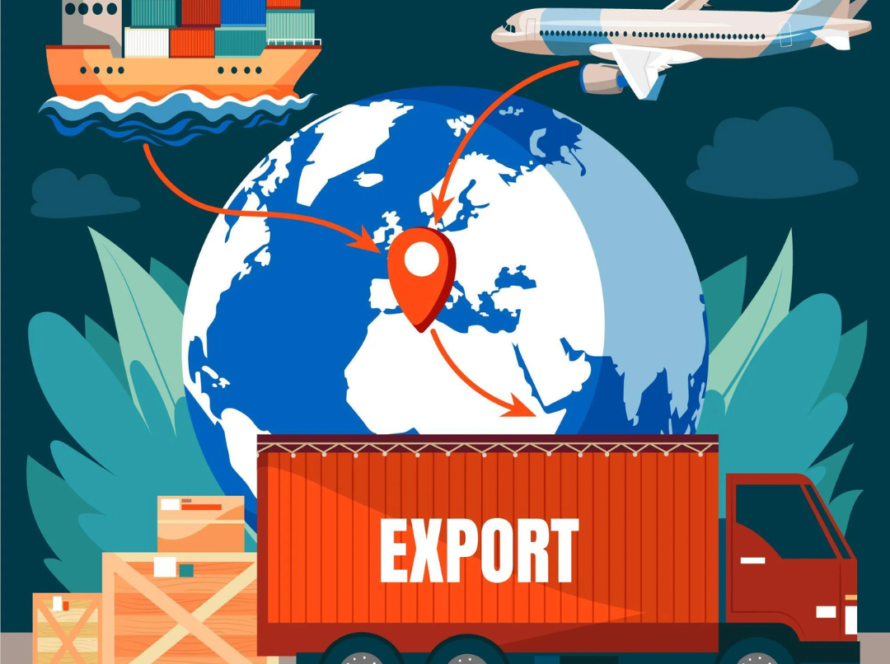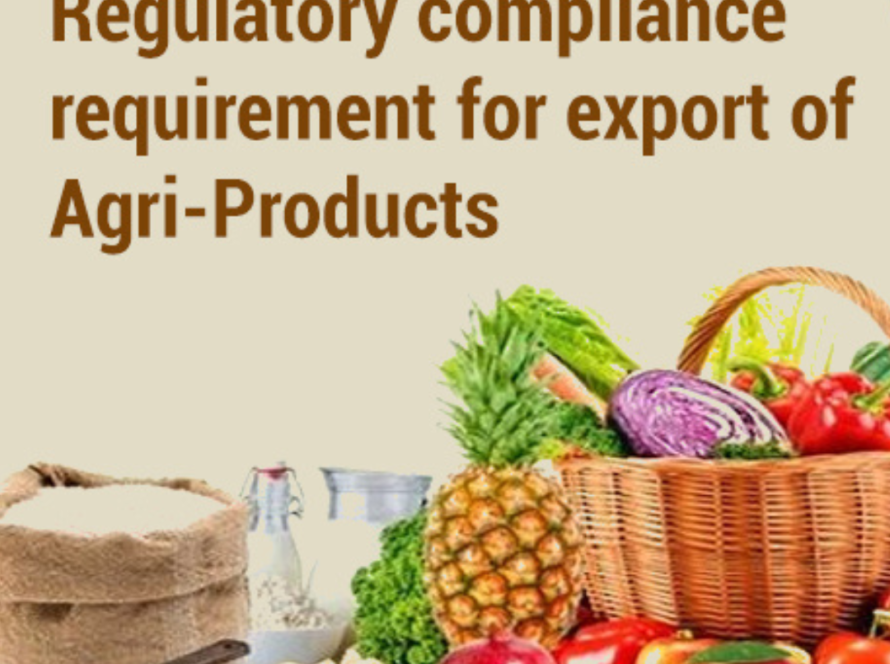As we progress through 2025, international trade is navigating a complex landscape shaped by geopolitical shifts, economic policies, and evolving market dynamics. Businesses engaged in global commerce must stay informed about these trends to adapt and thrive.
1. Geopolitical Influences on Trade Routes
The global trade environment is increasingly influenced by geopolitical tensions, leading to a reevaluation of traditional trade routes and partnerships. Countries are reassessing their supply chains to mitigate risks associated with political conflicts and economic sanctions. This shift is prompting businesses to diversify their markets and sources to enhance resilience.
2. Energy Market Realignments
The global energy sector is undergoing significant changes, particularly following geopolitical events such as conflicts that have disrupted traditional energy supplies. For instance, Europe’s reduced reliance on certain energy sources has led to increased imports from alternative suppliers, notably the United States. This realignment is affecting energy prices and trade balances, with potential implications for industries dependent on energy costs.
3. Trade Policy and Tariff Adjustments
Trade policies are in flux, with major economies implementing tariffs and revising trade agreements. The United States, for example, has introduced tariffs on various imports, affecting global supply chains and pricing structures. Businesses must navigate these changes by exploring new markets, adjusting pricing strategies, and engaging in policy advocacy to mitigate adverse effects.
4. OPEC+ Production Strategies
The Organization of the Petroleum Exporting Countries (OPEC) and its allies face strategic decisions regarding oil production levels amidst fluctuating demand and internal dynamics. Their choices can influence global oil prices, impacting trade balances and economic stability in both producing and consuming nations. Companies in the energy sector and related industries should monitor these developments closely to inform their operational strategies.
5. Economic Growth and Trade Projections
Despite recent contractions, global trade is projected to rebound. Analysts anticipate that consumption will drive growth, supported by employment gains and wage increases. Businesses should prepare for increased demand and consider expanding into emerging markets to capitalize on growth opportunities.
6. Technological Advancements and Digital Trade
The rise of digital platforms and e-commerce is transforming international trade by reducing barriers and enabling even small enterprises to access global markets. This trend is expected to continue, with digital services trade becoming an increasingly significant component of global commerce. Companies should invest in digital infrastructure and capabilities to remain competitive.
7. Supply Chain Resilience and Regionalization
In response to recent disruptions, there is a growing emphasis on building resilient supply chains. Businesses are adopting strategies such as nearshoring and regionalization to reduce dependency on distant suppliers and enhance flexibility. This approach can help mitigate risks associated with global uncertainties and improve responsiveness to market changes.
Conclusion
The international trade landscape in 2025 is characterized by a blend of challenges and opportunities. Businesses that proactively adapt to geopolitical shifts, technological advancements, and evolving economic policies will be better positioned to succeed. Staying informed and agile is essential in navigating the complexities of global commerce in the current era.


